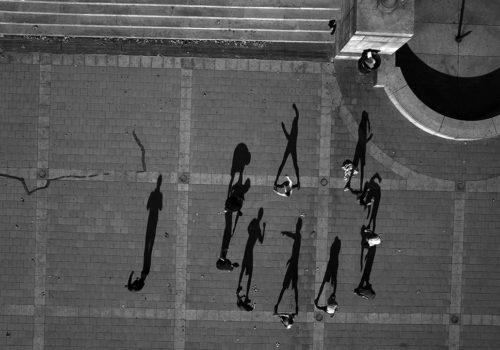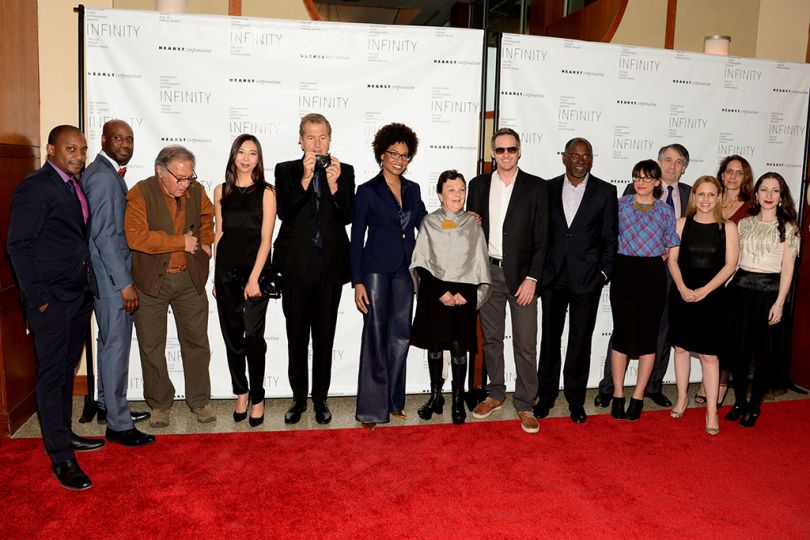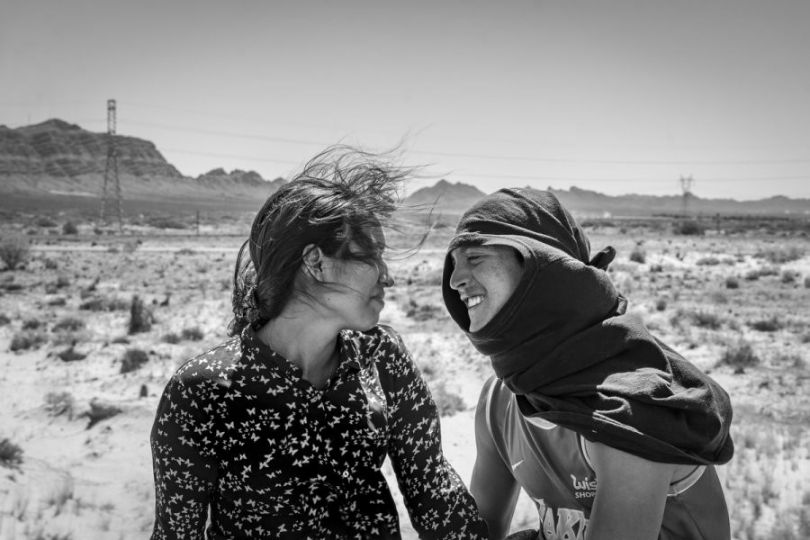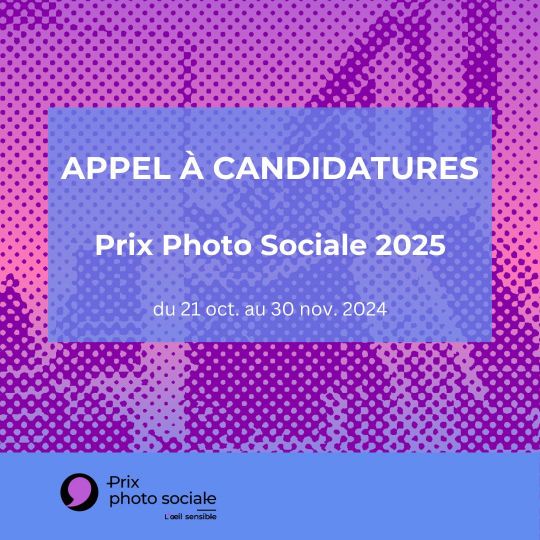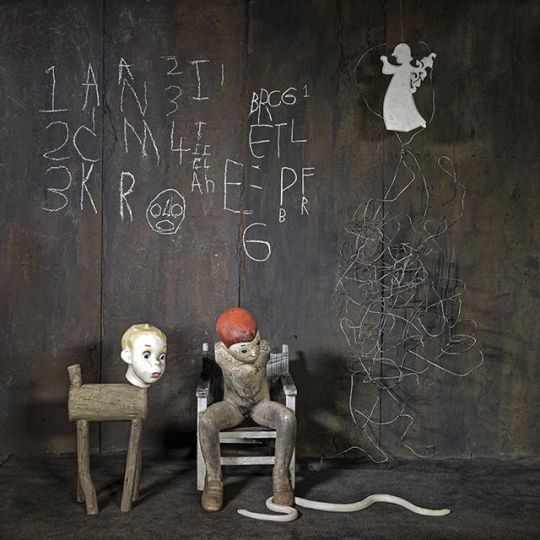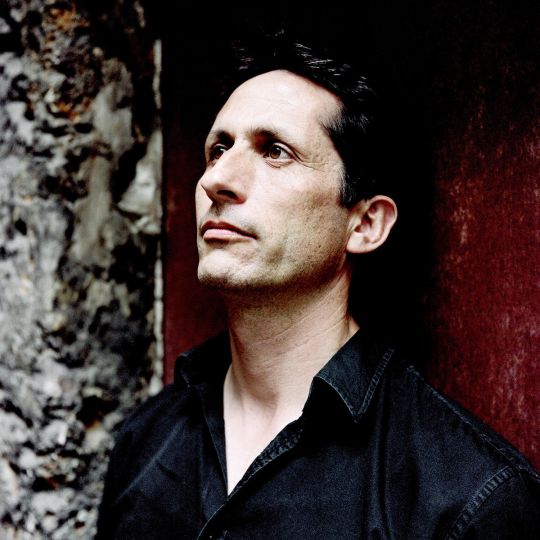Tomas van Houtryve is 2015 recipient for Photojournalism.
Initially a student in philosophy, Tomas van Houtryve developed a passion for photography while enrolled in an overseas university program in Nepal. After graduation in 1999, he devoted himself fully to photojournalism, starting out with the Associated Press in Latin America. He was the first AP photographer to cover the military prison in Guantánamo Bay, Cuba, and in 2002 he traveled to Kandahar to photograph families of the Guantánamo inmates. He left AP in 2003 to concentrate on large-scale personal projects, starting with the Maoist rebellion in Nepal. The resulting photos of the rebels’ rise to power earned wide recognition including the Visa pour l’Image-Perpignan Young Photographer Award and the Bayeux Prize for War Correspondents.
In 2006, van Houtryve was named one of PDN’s 30 Emerging Photographers and in 2010, he was named the POYi Photographer of the Year. His first monograph, Behind the Curtains of 21st Century Communism, was published in 2012. The seven-year-long project documents life in the last countries where the Communist Party remains in power: North Korea, Cuba, China, Nepal, Vietnam, and Laos. The series won the 2012 POYi World Understanding Award. In 2013, with the support of grants from the Pulitzer Center, the Aaron Siskind Foundation and Getty Images, van Houtryve began working on Blue Sky Days, a drone’s-eye view of America. Images from the project were first published in Harper’s as the largest photo portfolio in the magazine’s 164-year history.
He has had solo exhibitions in Paris, New York City, Spain, and Italy. He is frequently interviewed on radio and television and has appeared on the BBC, CNN, MSNBC, NPR, ARTE, and France 5. He is a member of VII Photo. When not traveling, van Houtryve is based in Paris.
How long have you been a photographer?
I became a professional photographer in 1999 when I graduated from college and started working for the Associated Press in Panama.
What do you think made you turn to photography?
Immediately after graduation in 1999 (I studied Philosophy), I developed a passion for photography while enrolled in an overseas university program in Nepal. I spent a semester there, and photography helped me explore and understand the culture.
What was your first story?
My first story was about life in a trailer park in Colorado.
How did your drone project come about?
I’d been thinking about a way to bring America’s drone war home. Although the war has been going on for over a decade, it is taking place under a veil of secrecy. The visual record is remarkably thin, and the public rarely engages with it.
How has it been received?
The project has attracted some fantastic partners which have helped it gain momentum and reach a wide audience. Harper’s magazine was the first to publish the work, and it has since appeared in TIME, the New York Times Lens Blog, National Geographic and others. The Open Society Foundations showed the work as part of its “Watching You, Watching Me” exhibition, and I have several more exhibitions lined up in Europe this summer.
How do you perceive and use new technologies and social media in your work?
Powerful new technologies have the potential to change our lives for better or for worse. I’m using new technologies like drones and social media in my work, but I’m consciously probing the implications. When technologies have the potential to erode our humanity or undermine democratic institutions, I look for creative ways to bring that to light.
What are you currently working on?
The drone project is ongoing, but it has transformed in a more subtle direction.
A few words about ICP and its place in the world of photography?
I’m humbled to receive an honor from ICP, which has nurtured the best traditions in photography for so many decades.

